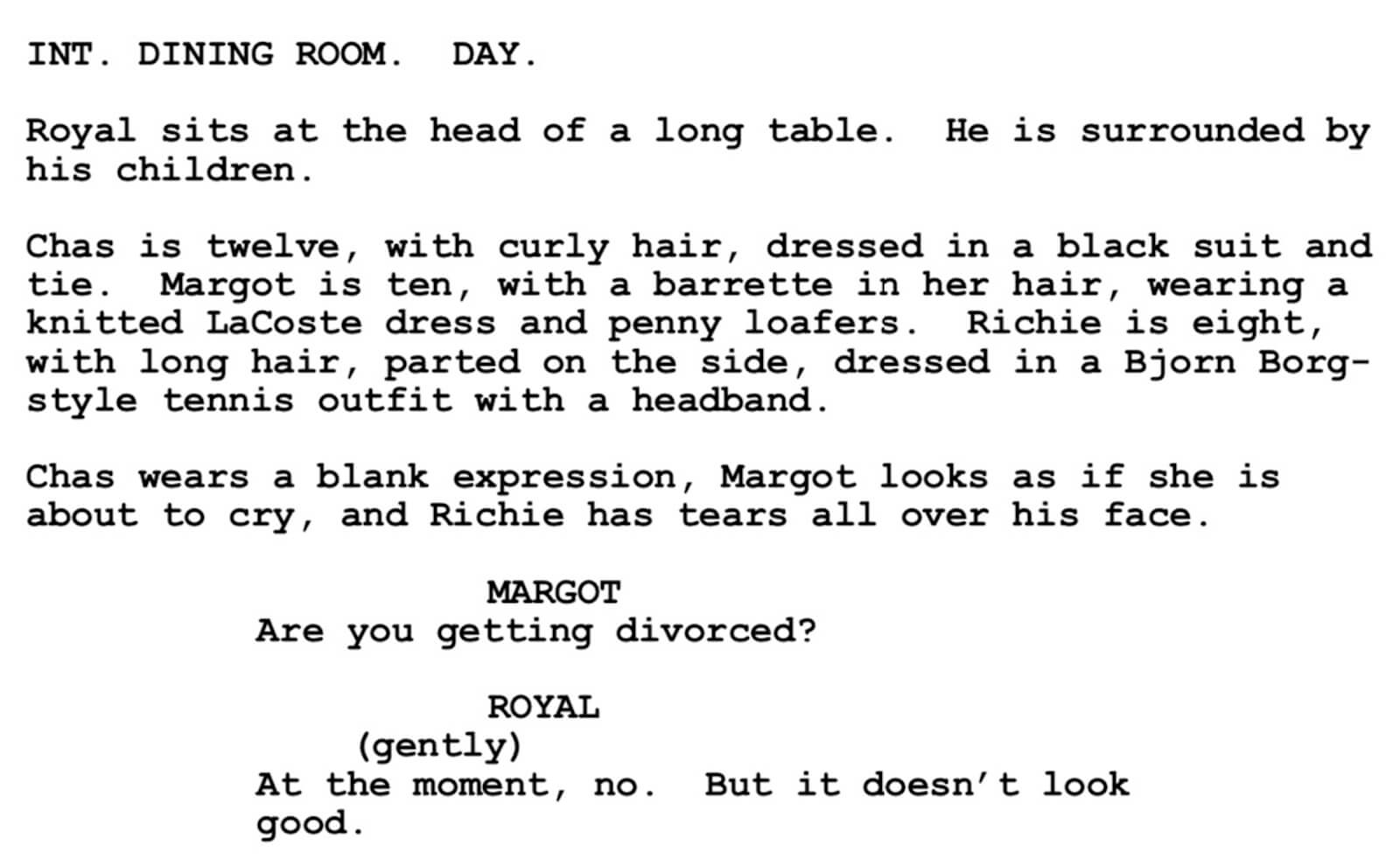


SUBTEXT STORYWRITING HOW TO
Using it properly takes skill and practice – it shouldn’t be used simply because you can’t think of how to describe a setting or how a character would respond to an event. Most importantly, be aware that the iceberg theory isn’t a shortcut. Knowing who your audience is will help you understand what they need to know and what you can rely on them to assume.

When you fully understand their backgrounds and motivations, subtext and symbolism will shine through. This guide by Psyche on creating characters by using personality psychology will help you learn more deeply about your characters. If you don’t, you’re not following the iceberg theory – you’re writing an incomplete story. To use the iceberg theory effectively, you need to know the ins and outs of your characters, their experiences, their feelings and thoughts, and the world around them. Thank you for subscribing to our newsletter! You might be using the iceberg theory in your own writing without even realizing it! But there are certain things you can do to make sure you’re using it well. How to Use the Iceberg Theory in Your Writing Learning to use the iceberg theory in your writing can make it a more succinct read for your audience and add to their enjoyment of your work by letting them figure out the subtext, rather than force-feeding them details, just like they would with the people they meet in reality. These aspects of a person’s experience don’t always have to be explicitly stated, but the people around them will put two and two together. Beneath the surface of speech, actions, possessions, and appearance lies a person’s values, emotions, and motivations. People in the real world reflect the iceberg theory. He then found that using the iceberg theory as a writing style in fiction could create the “perfect” short story.Īnd it makes a lot of sense. It was actually during his career as a journalist, in which being concise is key. However, it wasn’t in his fiction writing that Hemingway discovered the iceberg theory. “Write the best story that you can and write it as straight as you can.” – Ernest Hemingway But the words you leave out can have just as much of an impact on the story itself.

To write anything, you need to put words on a page. “If a writer of prose knows enough of what he is writing about, he may omit things that he knows and the reader, if the writer is writing truly enough, will have a feeling of those things as strongly as though the writer had stated them.” – Hemingway, Death in the AfternoonĬommonly used by authors and writers, this immersive writing technique can be a very powerful tool. According to him, there is always more to a story than what is written on the page, and by omitting details that you already know to be true, you can produce a more captivating read for your audience. The iceberg theory (aka the theory of omission) is a writing style created by Hemingway. That’s what Ernest Hemingway was getting at with his iceberg theory. The larger, unseen bottom covered by water is the wider story that your reader can assume. The top that you can see above the water is the story you’ve written. Fiction Writing: A Guide to the Iceberg Theory


 0 kommentar(er)
0 kommentar(er)
